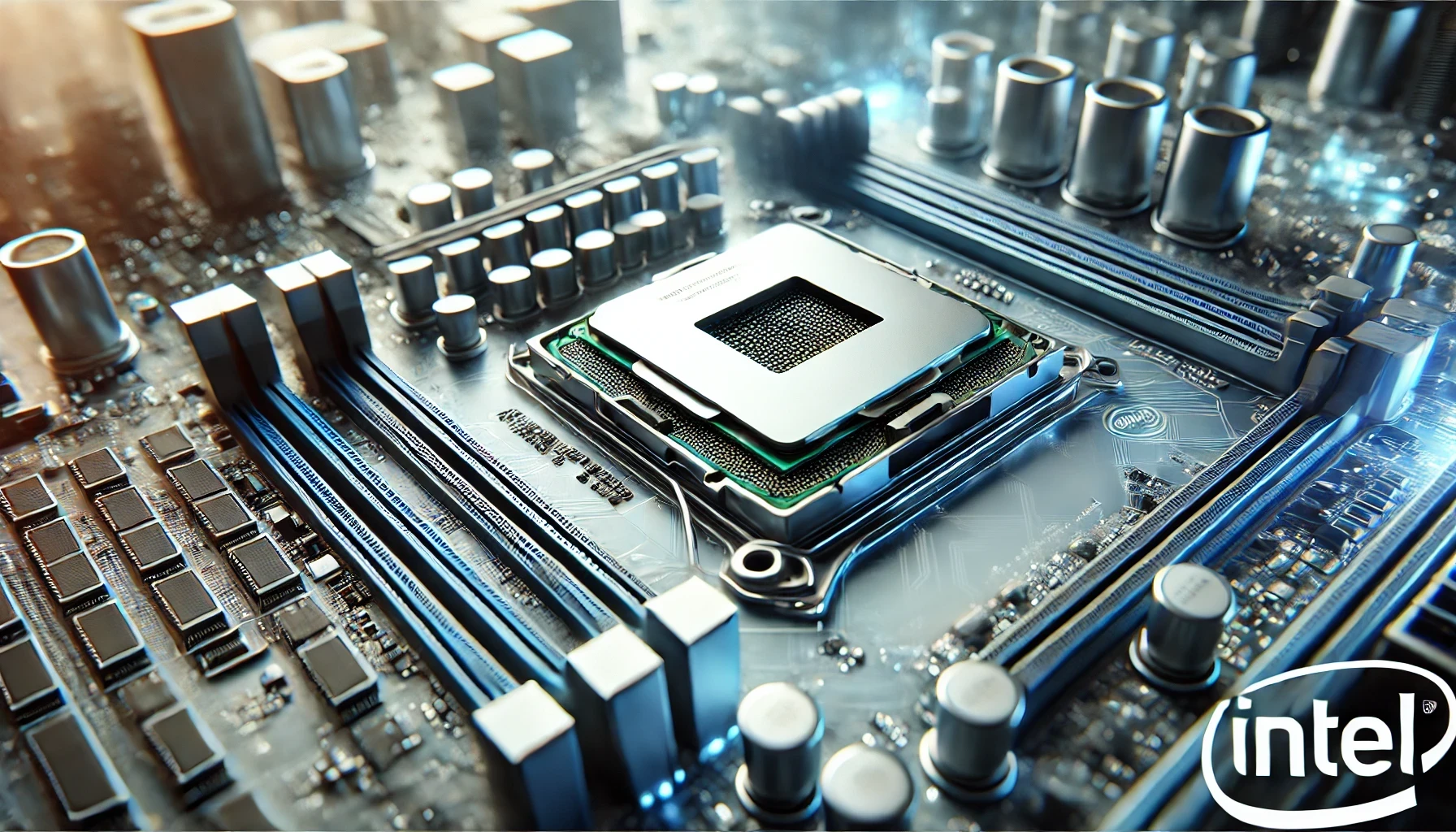
Intel is eagerly preparing to launch its highly anticipated next-generation Arrow Lake CPUs later this year, with a significant change that is sure to spark interest among tech enthusiasts. According to a recent leak on Chiphell, these new CPUs will no longer support DDR4 memory. Instead, they will exclusively use DDR5 memory, marking a departure from the dual-memory support that has been a hallmark of Intel CPUs for the past few generations.
The leaked information reveals that Arrow Lake CPUs, along with the new 800-series chipset, will only support dual-channel DDR5 memory. This change has been anticipated, as it was expected that Intel would fully transition to DDR5 with the introduction of a new socket. Arrow Lake will come with the new LGA 1851 socket, which is designed to accommodate the faster DDR5 memory and other technological advancements, replacing the LGA 1700 socket used for the last three generations.
Intel’s decision to support both DDR4 and DDR5 memory standards in previous generations provided a cost-effective upgrade path for users. DDR4 memory and compatible motherboards were cheaper, making it easier for builders to upgrade their systems without a hefty price tag. This dual support was introduced with the Core i9-12900K, allowing users to take advantage of lower DDR4 prices while DDR5 was still new and expensive.
However, the landscape has changed. DDR5 memory prices have significantly dropped over the past few years, making it a more affordable and accessible option. While a 32GB kit of DDR5 would have cost between $200 and $250 a couple of years ago, you can now find similar kits for around $110, often with fast speeds and RGB lighting.
Although some users might be disappointed by the lack of DDR4 support in the new CPUs, this move makes sense given the current market conditions. DDR5, with its improved speed and efficiency, is becoming more affordable and widespread. This, coupled with the fact that DDR4 motherboards have not been as popular in recent Intel CPU generations, makes the transition to DDR5 a logical step forward.
| Feature | DDR4 | DDR5 |
|---|---|---|
| Data Rate | Up to 3200 MT/s | Up to 8400 MT/s |
| Bandwidth | 25.6 GB/s | 67.2 GB/s |
| Voltage | 1.2V | 1.1V |
| ECC Support | Optional | On-die ECC |
| Pricing (32GB Kit) | $70-$120 | $110-$250 |
The leak also provided insights into other key features of the Arrow Lake platform. Notably, the new CPUs will have a total of 20 dedicated PCIe 5.0 lanes, with 16 lanes allocated for the GPU and four for storage. This means that users can now have a high-performance GPU and fast storage without compromising on speed. Additionally, there will be four PCIe 4.0 lanes. This is an improvement over the previous generation, which only offered 16 PCIe 5.0 lanes, forcing users to choose between a GPU and storage. While there are no PCIe 5.0 GPUs available yet, the Arrow Lake platform is prepared for their eventual release.
- Exclusive support for DDR5 memory with dual-channel configuration
- Introduction of new LGA 1851 socket
- Total of 20 dedicated PCIe 5.0 lanes (16 for GPU, 4 for storage)
- Additional 4 PCIe 4.0 lanes
- Prepared for future PCIe 5.0 GPU releases
Despite Intel confirming the release of Arrow Lake CPUs this year, an exact date has yet to be announced. The next anticipated release from Intel is the Lunar Lake laptop CPUs, which are expected in September. Intel will likely share more details about Arrow Lake during its Innovation Event on September 24.
The transition to DDR5 is expected to have a significant impact on the market. As DDR5 memory becomes more mainstream, the benefits of higher speed, greater bandwidth, and improved power efficiency will become more evident. For gamers, content creators, and professionals requiring high-performance computing, the exclusive support for DDR5 in Arrow Lake CPUs will offer a substantial performance boost.
- Enhanced Performance: DDR5 offers superior speed and bandwidth compared to DDR4, which translates to faster data processing and improved system responsiveness.
- Future-Proofing: By moving to DDR5, users are investing in the latest technology, ensuring their systems remain relevant and capable of handling future software and hardware advancements.
- Energy Efficiency: DDR5 operates at a lower voltage than DDR4, contributing to reduced power consumption and heat generation, which is beneficial for both desktop and mobile platforms.
- Increased Capacity: DDR5 memory modules are designed to support higher capacities, which is crucial for applications that require large amounts of RAM, such as virtual machines, databases, and large-scale simulations.
Intel’s move to drop DDR4 support in favor of DDR5 for its next-gen Arrow Lake CPUs signifies a shift towards future-proofing and embracing the newer, faster memory standard. As DDR5 becomes more accessible and affordable, this change will benefit most users in the long run. The Arrow Lake platform, with its advanced features and exclusive DDR5 support, is set to deliver a significant performance uplift, making it a highly anticipated release in the tech community.
Featured Image courtesy of DALL-E by ChatGPT
